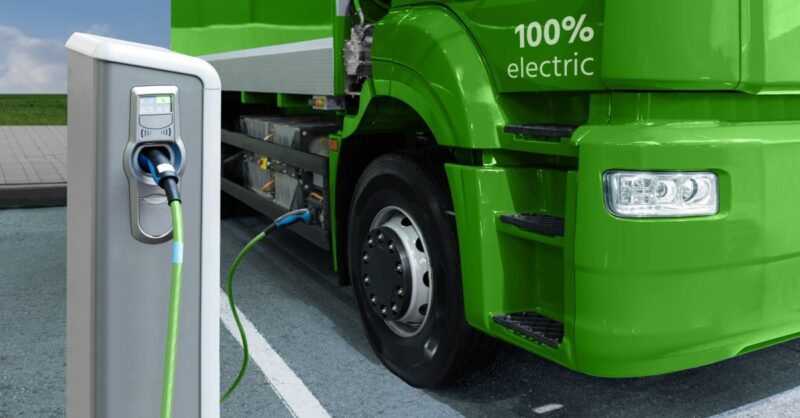In recent weeks green energy and fossil fuels have featured heavily in popular headlines. President Biden, in his first few days in office, showed commitment to fighting climate change by promising a $2 trillion investment in clean energy over four years, aiming for 100 per cent clean electricity by 2035, according to a report in the Independent. On this side of the pond, Boris Johnson has been criticised for his plans for a new coal mine in Cumbria. (However, he’s also banning supertrawlers to preserve the UK’s marine life and pushing his green agenda, so I think it’s safe to say he’s coming for transport.)

At the same time, Shell is reporting that oil demand has slumped, and the loss of more than 300 North Sea jobs, as nations moved away from fossil fuels.
So what does this all mean for UK logistics?
The UK logistics industry has been working hard to reduce its carbon emissions. We’ve been doing a good job. But it’s not as easy to switch off fossil fuel use as it is for Boris to switch hats. I fully support his green direction, I just hope he fully supports us back.
In a report entitled Developing Greener Supply Chains (DGSC) from the Industrial Strategy Council, we learn how DHL is leading a UK government-funded trial of truck platooning, enabling groups of trucks to follow each other on major roads. The proximity of trucks helps to improve aerodynamics by reducing wind resistance, thereby reducing fuel consumption.
Late last year Boris launched a Ten Point Plan for a Green Industrial Revolution. Point 4 is most relevant to us, Accelerating the shift to zero emission vehicles.
The plan says: “With cars and vans making up nearly a fifth of emissions, we are taking decisive action to end the sale of new petrol and diesel cars and vans by 2030, with all vehicles being required to have a significant zero emissions capability (for example plug-in and full hybrids) from 2030 and be 100% zero emissions from 2035.”
The plan also says it will publish a green paper on the UK’s post-EU emissions regulations and they plan to build a “world-leading EV supply chain.” It also says there’s £1.3 billion available to accelerate the roll out of charging infrastructure.
The DGSC report discusses how “carbon taxes are expected to increase in line with environmental targets over time, and how this will impose further costs on carbon-intensive industries and may increase the range of industries required to pay the carbon tax.”
It also says, “The recent announcement of the Energy White Paper sets out the government’s plan to cut emissions from industry, transport, and buildings over the next decade. This includes the implementation of a net-zero carbon cap and trade market, aligning the cap with an appropriate net-zero trajectory. “
The DGSC report is a useful read. It reflects a new era, a supply chain which may one day be unrecognisable to those of today. Vehicles are likely to operate differently, and training requirements will change.
As the UK’s national provider of professional driver training, we have courses for every professional driving licence category in the UK, along with HIAB, ADR, Driver CPC and forklift training.
As our roads and vehicles change, our team of in-house experts will ensure that our training matches requirements, ahead of time, so our clients aren’t caught short.
If you would like to know more about us or what we offer, get in touch. Alternatively, if you would like to discuss your HGV training requirements with us directly, simply call us on 0330 818 8888 and our friendly team will be more than happy to assist.
